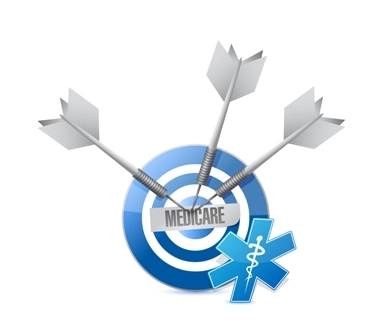Neurosurgery Coding Alert
Mythbuster:
Bust Typical Critical Care Myths to Ensure Clean E/M Coding
Published on Wed Sep 11, 2019

You’ve reached your limit of free articles. Already a subscriber? Log in.
Not a subscriber? Subscribe today to continue reading this article. Plus, you’ll get:
- Simple explanations of current healthcare regulations and payer programs
- Real-world reporting scenarios solved by our expert coders
- Industry news, such as MAC and RAC activities, the OIG Work Plan, and CERT reports
- Instant access to every article ever published in Revenue Cycle Insider
- 6 annual AAPC-approved CEUs
- The latest updates for CPT®, ICD-10-CM, HCPCS Level II, NCCI edits, modifiers, compliance, technology, practice management, and more
Related Articles
Other Articles in this issue of
Neurosurgery Coding Alert
- CPT®:
Conquer Occipital Nerve Block Claims By Identifying the Specific Nerve
If the surgeon performs GON nerve block, you should report 64405. You read in the [...] - CPT®:
3 Tips Pinpoint Intracranial Aneurysm Location and Complexity
Report 61700 and 61702 for simple aneurysms. When you report intracranial (within the skull) aneurysms, [...] - Mythbuster:
Bust Typical Critical Care Myths to Ensure Clean E/M Coding
Don’t separately report the services that are bundled into critical care. If your neurosurgeon uses [...] - You Be the Coder:
Report Same Code for RSD, CRPS-I
Question: I’m so confused. I’ve seen the terms reflex sympathetic dystrophy (RSD) and complex regional [...] - Reader Question:
Don't Confuse 27096 and 20552
Question: The surgeon performed a steroid injection procedure for the patient’s sacroiliac joint, but he [...] - Reader Question:
Look to These Dx Choices for Vascular Dementia
Question: A 75-year-old established patient is experiencing reduced memory and functioning abilities. The patient was [...] - Reader Question:
Decipher This Intracranial Arterial Scenario
Question: The surgeon gained access through the right common femoral artery and advanced a catheter [...]
View All




